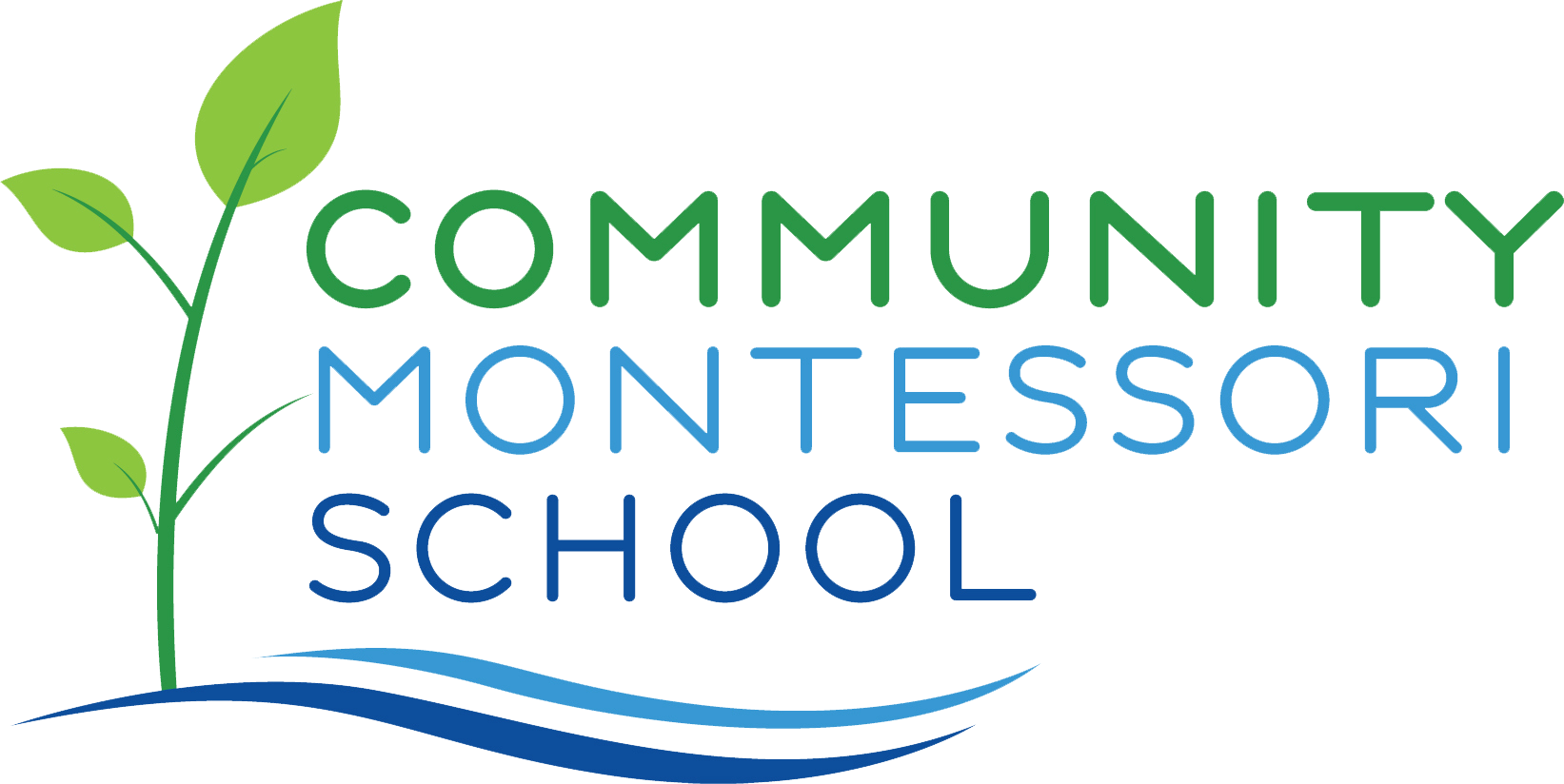The joyful world of primary montessori classrooms
3 Years to 6 Years
For children ages 3 to 6, the Primary Montessori classroom is a world of joy, discovery, and hands-on learning. Based on Dr. Maria Montessori's insights into the "absorbent mind" of the young child, these environments are carefully prepared to nurture independence, concentration, and a love of learning.
A Classroom Designed for Discovery
The Primary classroom is a multi-sensory environment divided into four main areas:
Primary classroom areas
-
Practical LifeList Item 2
Practical life activities focus on everyday tasks such as pouring, dressing, washing, and cleaning. These activities help children develop fine motor skills, coordination, concentration, and independence. They also foster a sense of responsibility and care for their environment.
-
SensorialList Item 1
Sensorial materials are designed to refine the child's senses and enhance their ability to observe, discriminate, and categorize. These materials include activities that engage the child's senses of touch, sight, sound, taste, and smell, allowing them to explore and understand the world around them.
-
MathematicsList Item 3
Mathematics is introduced through hands-on materials that allow children to explore mathematical concepts through manipulation and experimentation. Materials like number rods, spindle boxes, and golden beads help children develop a concrete understanding of numbers, quantity, place value, and basic mathematical operations.
-
LanguageList Item 4
Language development includes activities that promote vocabulary development, phonetic awareness, reading, and writing. Children are exposed to a rich language environment through storytelling, conversations, and language games. They also work with materials like sandpaper letters and moveable alphabets to develop early reading and writing skills.
A nurturing, Child-centered Approach
In the CMS Primary environments, the guide's role is to nurture each child's intrinsic motivation to learn. Rather than lecturing, guides gently introduce lessons and allow children to choose work that interests them.
Cultural studies in the Montessori primary level introduce children to various subjects like geography, history, science, and nature. Children explore different cultures, continents, animals, plants, and natural phenomena through hands-on materials and activities.
The arts are also an integral part of the Montessori primary curriculum, with activities that encourage creativity and self-expression. Children engage in activities such as drawing, painting, music, and movement to explore their artistic abilities.
Mixed-age groups let younger children learn from older role models, while older students reinforce skills by teaching concepts they've mastered. This family-like setting builds confidence and nurtures a lifelong love of learning.
Learning Extends Outdoors
Dr. Montessori believed children need ample time in nature to thrive. Our primary students enjoy outdoor work areas, gardens, and playgrounds designed to engage their senses and imaginations through unstructured play and exploration.
By following their interests in a supportive, enriching environment, primary Montessori students joyfully develop independence, self-discipline, and a strong foundation for future learning success.
